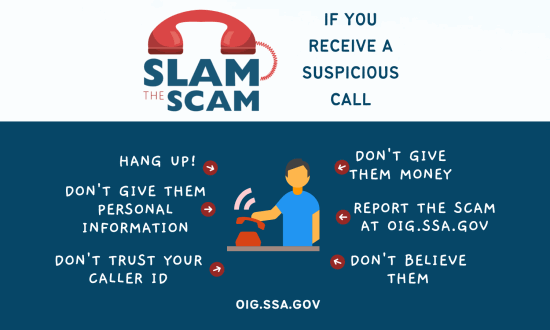How to Track Down Someone Who Scammed You

Falling victim to a scam is a distressing experience that can leave you feeling helpless and violated. However, taking proactive steps to track down the person behind the scam can help you regain a sense of control and potentially recover your losses. In this blog post, we’ll guide you through the process of tracking down someone who scammed you, empowering you to seek justice and prevent further harm.
1. Gather All Available Information:
The first step is to compile all the information you have about the scam and the scammer. This includes any communication, email addresses, phone numbers, usernames, bank account details, and any other relevant details. The more comprehensive your information, the better your chances of tracking them down.
2. File a Report with Law Enforcement:
Contact your local law enforcement agency to file a report about the scam. Provide them with all the evidence you have collected, including any digital communication or financial transactions. If the scam involved a significant amount of money or a pattern of scams, law enforcement may investigate the case.
3. Reach Out to Government Agencies:
Depending on the nature of the scam, consider reporting the incident to relevant government agencies. In the United States, you can report scams to the Federal Trade Commission (FTC) through their online reporting system. Similar agencies exist in other countries to track and investigate scams.
4. Consult with Legal Professionals:
If the scam resulted in substantial financial losses or involves complex legal issues, consulting with an attorney can provide valuable guidance. They can help you understand your legal options and advise you on potential courses of action.
5. Engage a Private Investigator:
If law enforcement resources are limited or if you need quicker results, hiring a private investigator can be an effective option. Private investigators have specialized skills and resources to trace individuals and gather evidence.
6. Use Online Tracing Tools:
Online tools and services can assist in tracing scammers. Reverse phone lookup services, email tracing tools, and social media searches can reveal information about the scammer’s digital presence.
7. Participate in Online Communities:
Scammers often target multiple victims. Join online forums or communities where scam victims share their experiences. These platforms may provide insights into the scammer’s tactics and contact details.
8. Protect Your Personal Information:
As you track down the scammer, take precautions to protect your personal information. Scammers may retaliate if they feel exposed, so ensure that your online accounts and personal data are secure.
9. Be Patient and Persistent:
Tracking down a scammer can be a time-consuming and challenging endeavor. Prepare for setbacks and delays, but remain persistent in your pursuit of justice.
10. Educate Others:
Your experience can serve as a valuable lesson for others. Share your story to raise awareness about scams and help others avoid falling victim to similar schemes.
Conclusion:
While being scammed is a distressing experience, taking steps to track down the scammer can empower you to seek justice and protect others from similar harm. By following these steps, seeking assistance from law enforcement, legal professionals, investigators, and online communities, and remaining vigilant, you increase your chances of identifying the scammer and holding them accountable for their actions. Remember, your efforts not only help you seek justice but also contribute to making the digital world safer for everyone.






